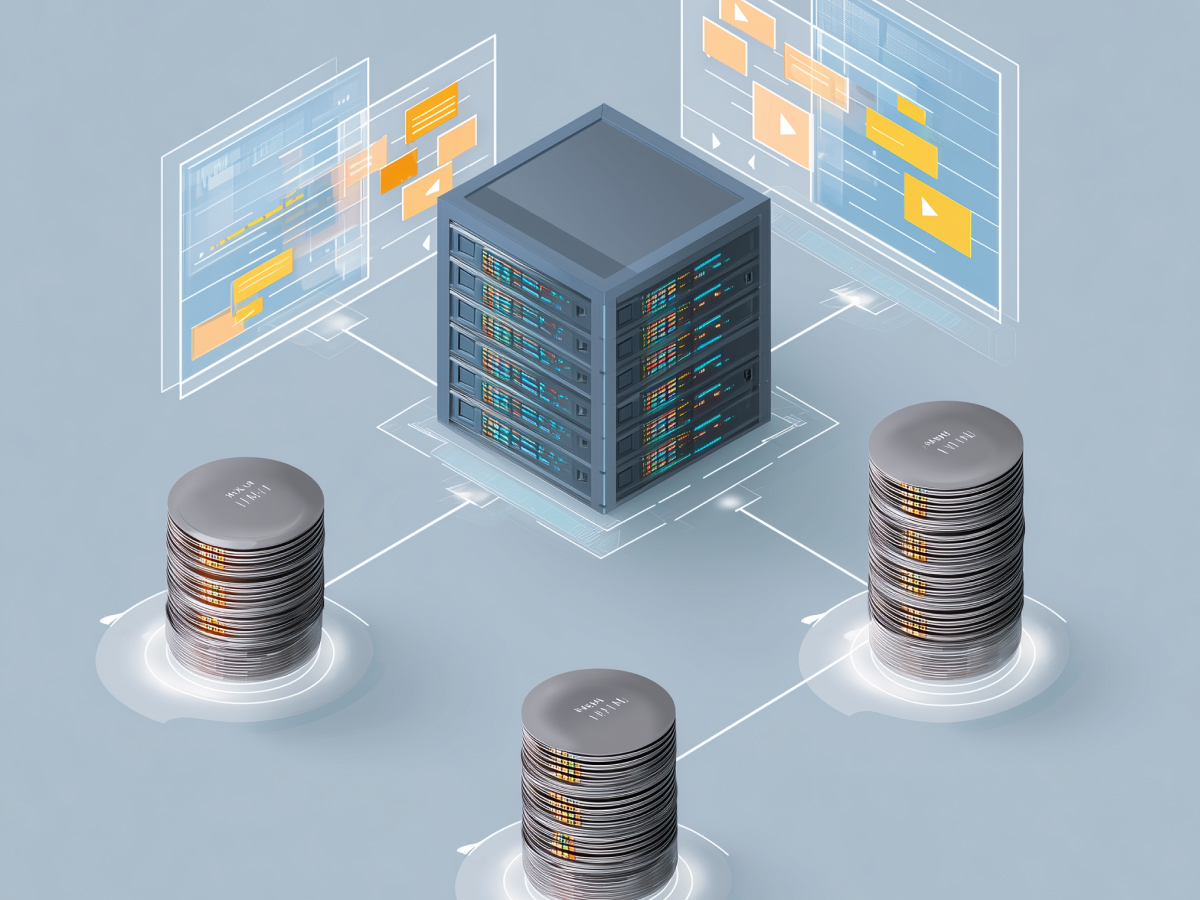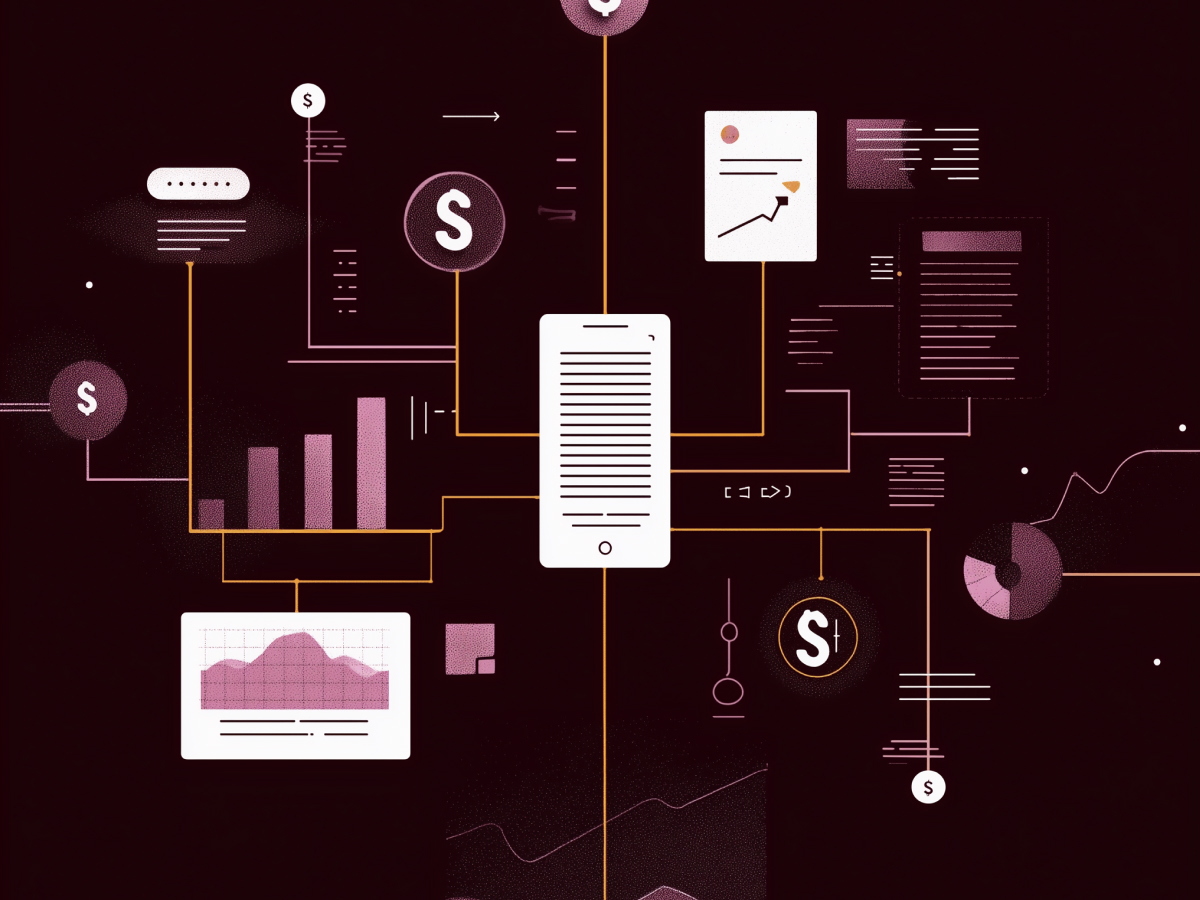AI transforms customer segmentation with real-time precision
The game has changed. Customer segmentation used to mean dividing people into static groups based on dated demographics or superficial traits. That approach doesn’t cut it anymore. With the volume of data businesses have today, from CRM platforms to mobile behavior to social channels, marketers have access to a living, breathing view of customer behavior. But having the data is one thing. Making it useful is where AI steps in.
Real-time segmentation powered by AI eliminates the lag. Instead of waiting weeks to analyze and act on customer changes, your organization can respond in seconds. Machine learning analyzes signals in real time, from how customers navigate your site to when they drop off a call. It syncs that with identity resolution technologies that consolidate identifiers like cookies, device IDs, and purchase history into one lens. That means sharper targeting, cleaner customer profiles, and no duplication.
What makes this shift so meaningful is the increase in speed and relevance. When marketing can adjust dynamically, whether it’s an ad, an email, or an in-app message, you stop missing the moment. And as timing improves, so do engagement, retention, and ROI. This is practical infrastructure for running smarter, faster campaigns.
AI bridges online and offline customer interactions
For years, marketers have wanted a clear view of the full customer journey. Not just what a person does on a website, but how they behave everywhere, on a call, in-store, through mobile, and beyond. AI makes that happen now.
AI uses techniques like probabilistic modeling and data linking to match online behavior, like web browsing or ad clicks, with offline actions such as in-store purchases or speaking with a rep. It uses device signals, phone numbers, IP addresses, and other identifiers to connect these interactions without violating privacy rules. The result is a full-spectrum view of your customer: how they act, when they buy, why they reach out, all in one model.
This capability is crucial in industries with omni-channel touchpoints. Retail, finance, telecom, you’re not just dealing with linear funnels. You’re facing customers who bounce between channels and devices constantly. AI helps you track those moves accurately and in context, which means your teams can build messages and experiences that reflect how customers actually think and operate, not how you assumed they would.
AI enables industry-specific segmentation benefits
AI is reshaping how entire industries understand and act on customer information. Each sector has unique characteristics, objectives, and risks. AI-driven segmentation allows organizations to tailor insights with precision to those variables, automating workflows and elevating strategic clarity.
In financial services, for example, AI improves how institutions identify the right prospects for acquisition or cross-sell offers. It enhances fraud detection by understanding behavioral patterns at scale, reducing false positives and surfacing real anomalies faster. In healthcare and pharma, AI refines the process of finding patients who are most likely to respond to certain treatments or qualify for clinical trials. It helps automate engagement during crucial decision windows, enabling faster outcomes and better resource allocation.
B2B marketing gains the ability to scale account-based strategies using AI-driven indicators, flagging changes in client engagement before they lead to churn. Instead of relying on outdated activity reports or low-resolution profile data, AI builds live, dynamic customer graphs that reflect actual behavior and intent.
Executives should see this shift as more than operational gain, this is strategic recalibration. AI doesn’t replace industry knowledge, it amplifies it. The technology takes the tactical burden off your teams and pushes actionable insights faster to the people making high-impact decisions. For regulated and competitive sectors, knowing faster and acting earlier is not a performance booster, it’s protection against irrelevance.
Segmentation shifts toward predictive, adaptive, and privacy-aware models
Segmentation has evolved. It’s no longer about who the customer is; it’s about what they’ll likely do next, and whether your organization can respond in time. AI now enables segmentation based on predictive modeling, sentiment insight, and behavioral context, all in compliance with rising global privacy expectations.
Predictive segmentation uses current and historical data points to forecast likely behaviors: which users are likely to convert, who might churn, what timing is optimal. AI does that by constantly reprocessing data from apps, web paths, transactions, and device signals to adjust groupings as needed. Emotion AI adds another layer, it picks up on sentiment and interaction tone to determine the content, layout, or message format that’s most appropriate for a given audience. Generative AI then builds dynamic messaging aligned to those insights, improving both efficiency and performance.
These actions are processed in real time, but with structural respect for privacy. By embedding privacy-first AI models, businesses can deliver personalization without compromising compliance. AI also leverages alternative data sources such as location data, biometric signals (when permissioned), and behavioral analytics, providing more depth when traditional information is lacking or inaccessible.
The shift here affects more than marketing, it’s a shift in how the organization thinks about the customer lifecycle. Decision-makers need to ensure that predictive and adaptive technologies are aligned with legal frameworks and ethical practices. Privacy is no longer a cost, it’s a requirement for access. Without it, long-term scalability and customer trust fail. Leaders should push for AI models that are explainable, traceable, and responsive not just to business goals, but also to compliance mandates.
Human marketers remain essential despite AI advancements
AI has significantly improved how we process and act on customer data, but it doesn’t run the full strategy. Tools don’t make decisions, people do. AI can surface insights, detect trends, and recommend actions, but it’s the human marketers who interpret context, assess strategic fit, and decide on the final approach. That’s where competitive edge is built.
The marketer’s role has shifted. Instead of defining audience blocks and manually building campaigns, teams now focus on analyzing AI-driven outputs, mapping them to business goals, and shaping real-time engagement strategies. The value comes from understanding nuance, knowing when a data pattern reflects a long-term shift or just short-term noise, and responding accordingly. You can train algorithms to optimize performance, but they don’t hold brand responsibility or weigh trade-offs.
Strategic leadership is needed to ensure AI recommendations are in line with company culture, customer expectations, and evolving regulations. Marketing now operates in a hybrid model, part automation, part human decision-making, and success depends on the clarity and speed of that collaboration.
Executives should not assume that AI reduces the need for top marketing talent. It changes the type of talent required. You need people who can translate machine learning insights into business action, analytical thinkers with creative judgment and strong communication skills. Over-reliance on automation, without human oversight, creates risk. The full value of AI is only captured when skilled professionals validate its outputs and push strategies that protect brand relevance and customer trust.
Key takeaways for leaders
- Real-time segmentation drives precision and speed: Leaders should prioritize AI-powered, real-time segmentation to replace outdated, static models and act instantly on evolving customer behavior across platforms. This significantly boosts campaign relevance and marketing responsiveness.
- Full customer visibility comes from merging channels: Executives should invest in AI tools that unify online and offline customer data to eliminate blind spots and improve targeting accuracy across touchpoints, critical for omni-channel strategies in retail, finance, and telecom.
- AI delivers industry-specific impact at scale: Sector-specific AI segmentation unlocks real business value, improving customer acquisition in finance, speeding recruitment in healthcare, and enhancing retention in B2B marketing. Tailor your segmentation strategy based on industry-specific needs to maximize ROI.
- Predictive models require privacy-first design: To maintain trust while scaling personalization, decision-makers must implement adaptive AI models that balance prediction accuracy with compliance. Incorporating emotion AI, behavioral analytics, and alternative data sets can further enhance competitive advantage.
- Human judgment remains central to AI success: While AI handles scale and speed, teams must still interpret output and align it with customer experience strategy, brand, and compliance. Leaders should upskill marketing teams to make smarter use of AI insights without compromising strategic focus.





